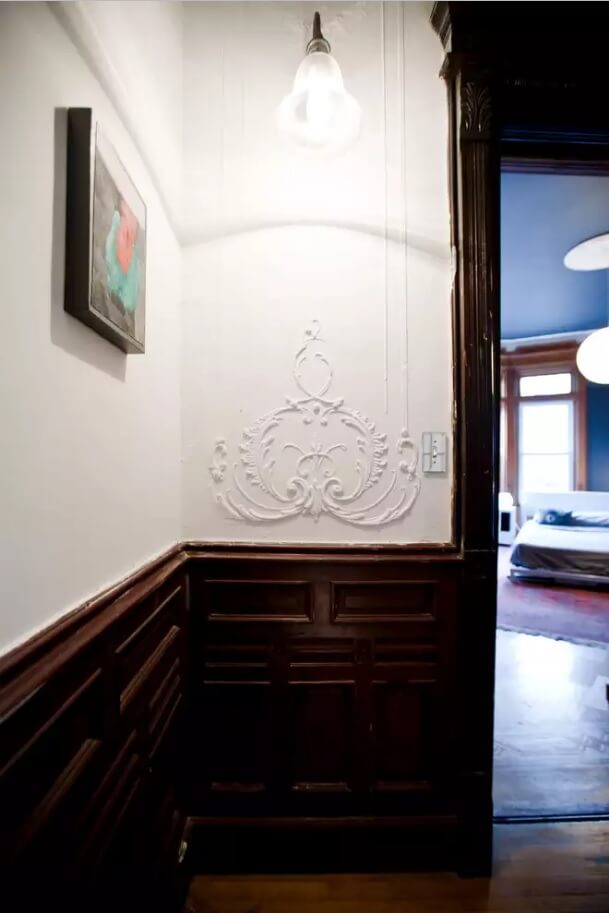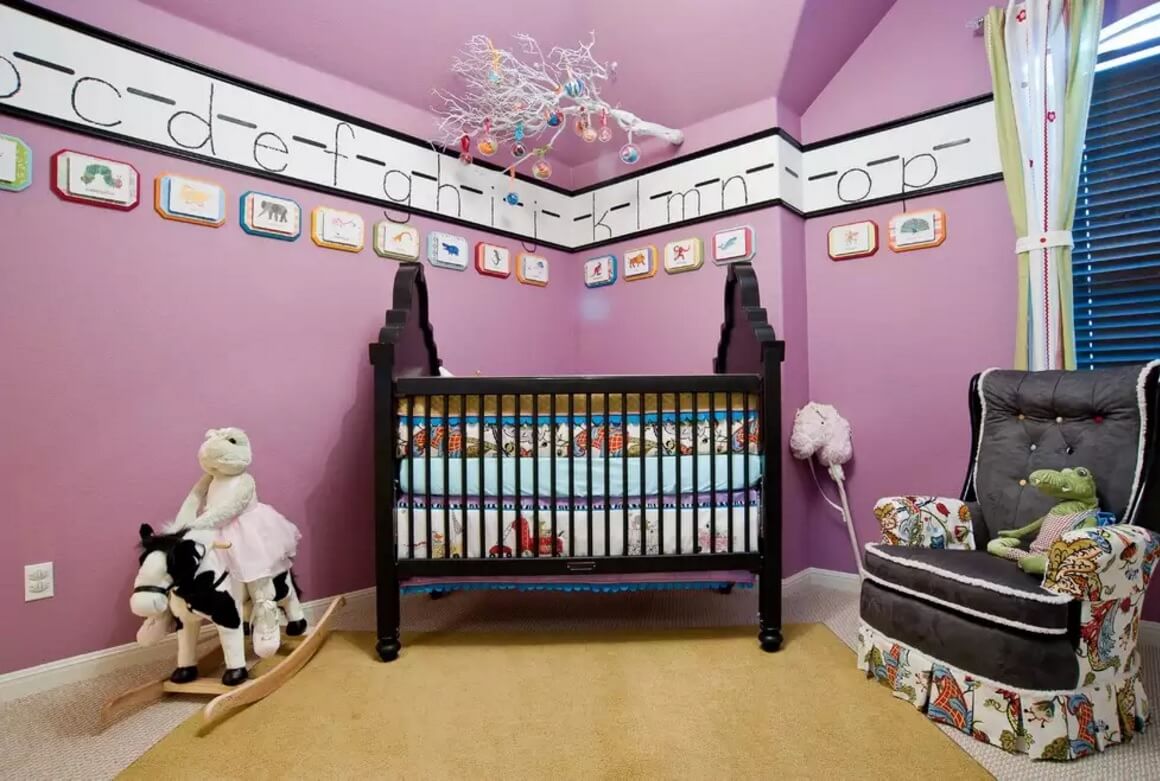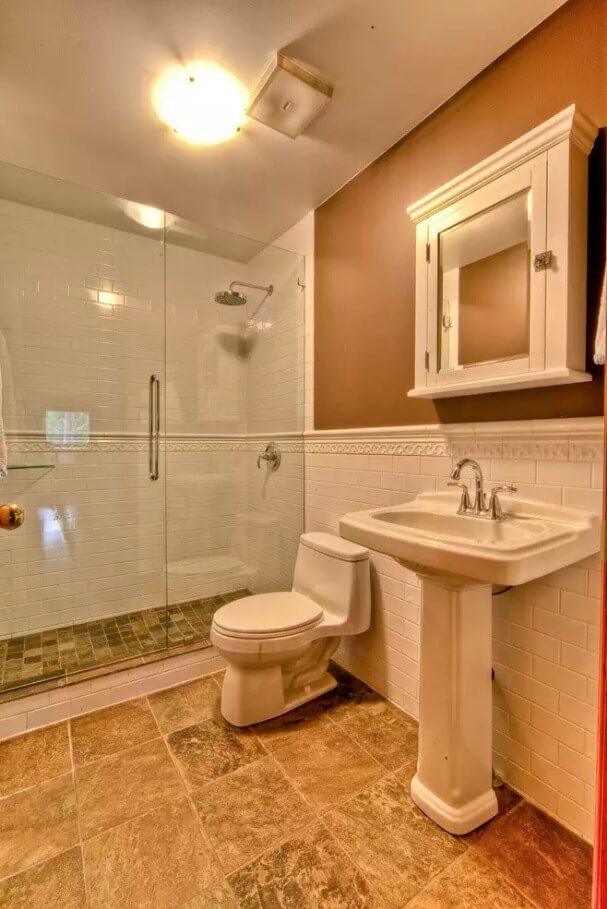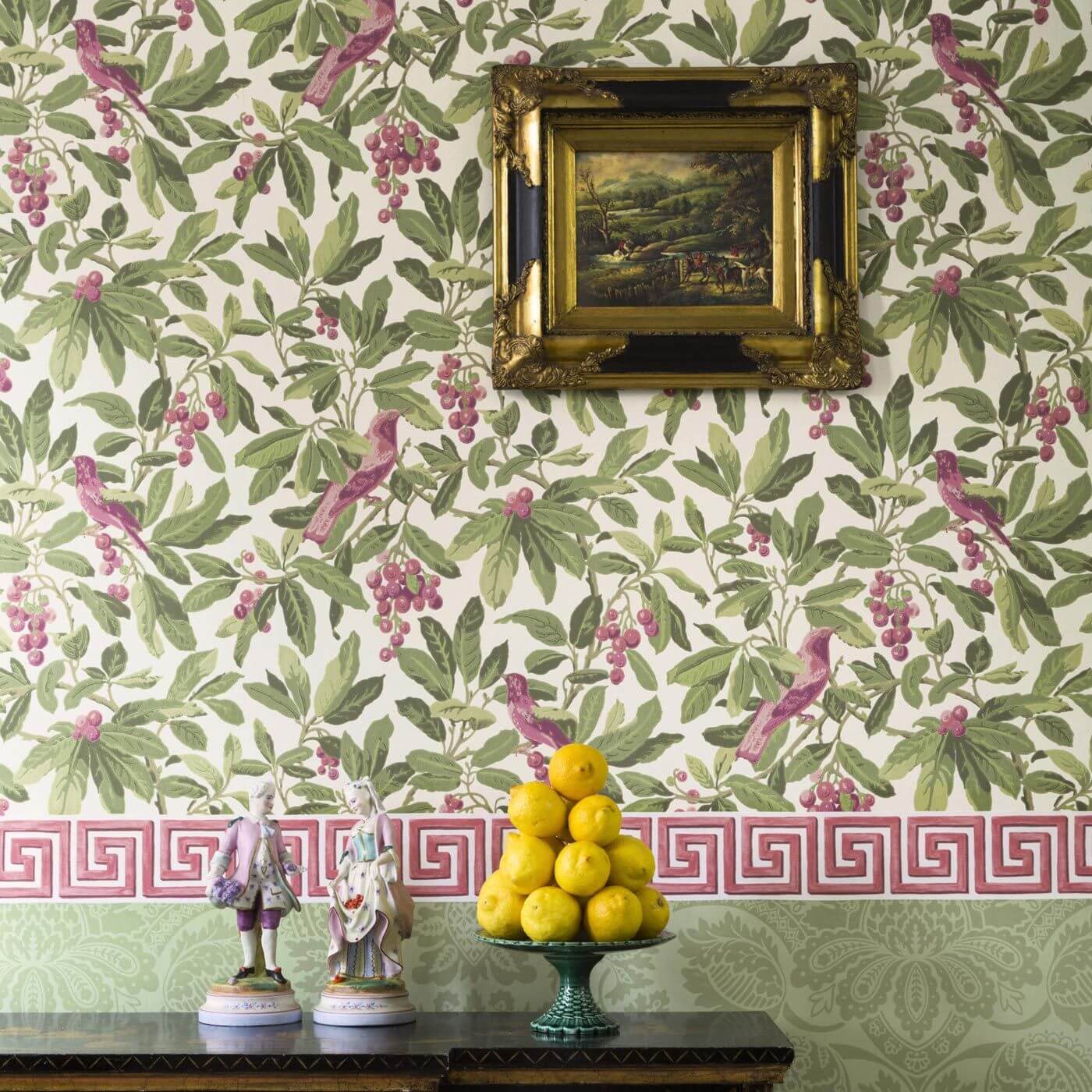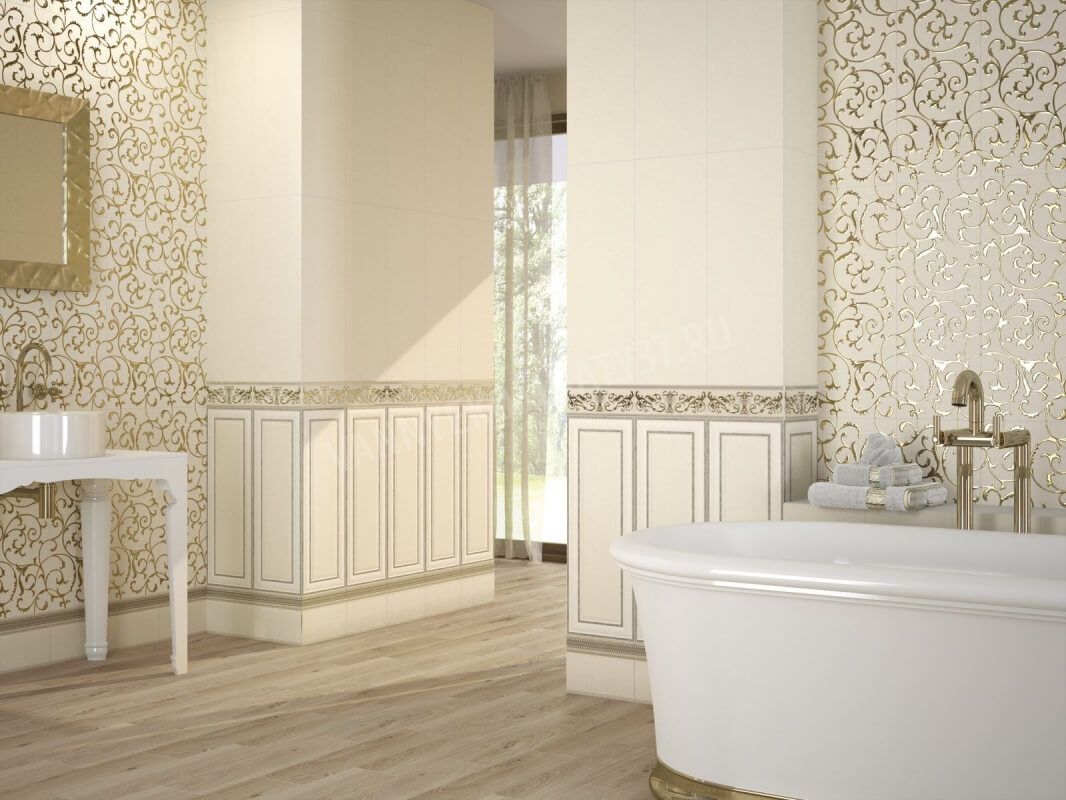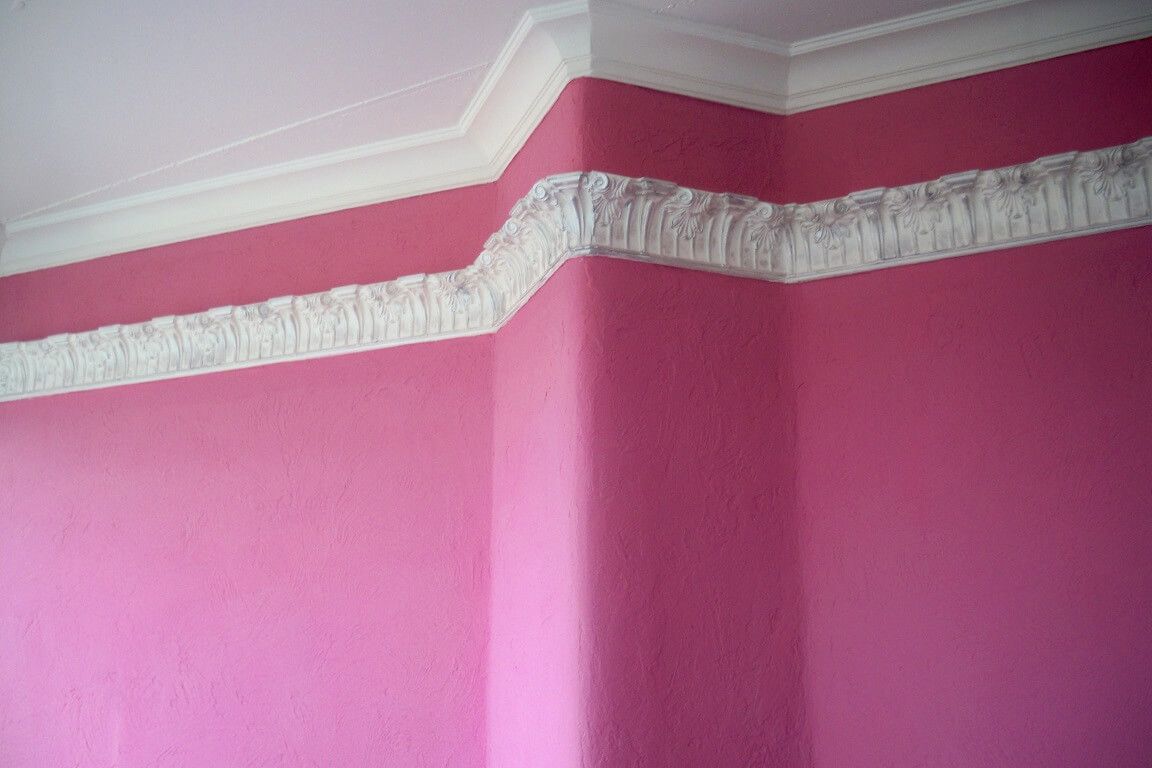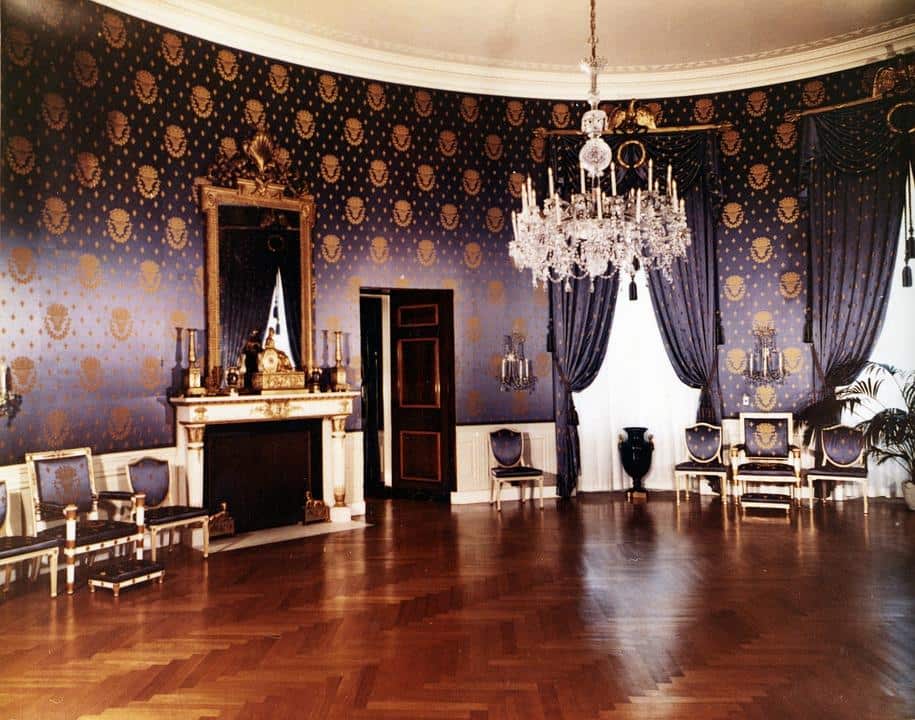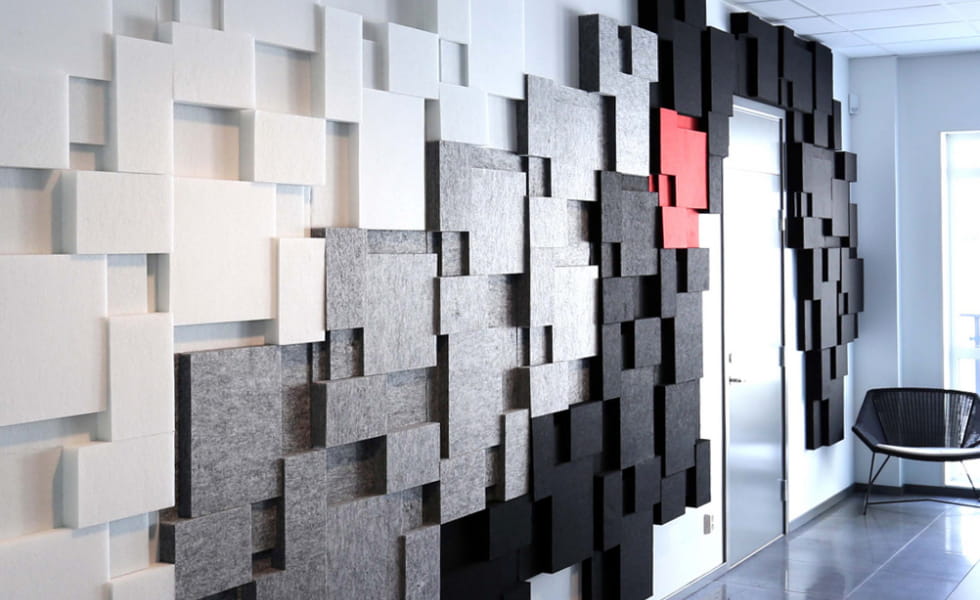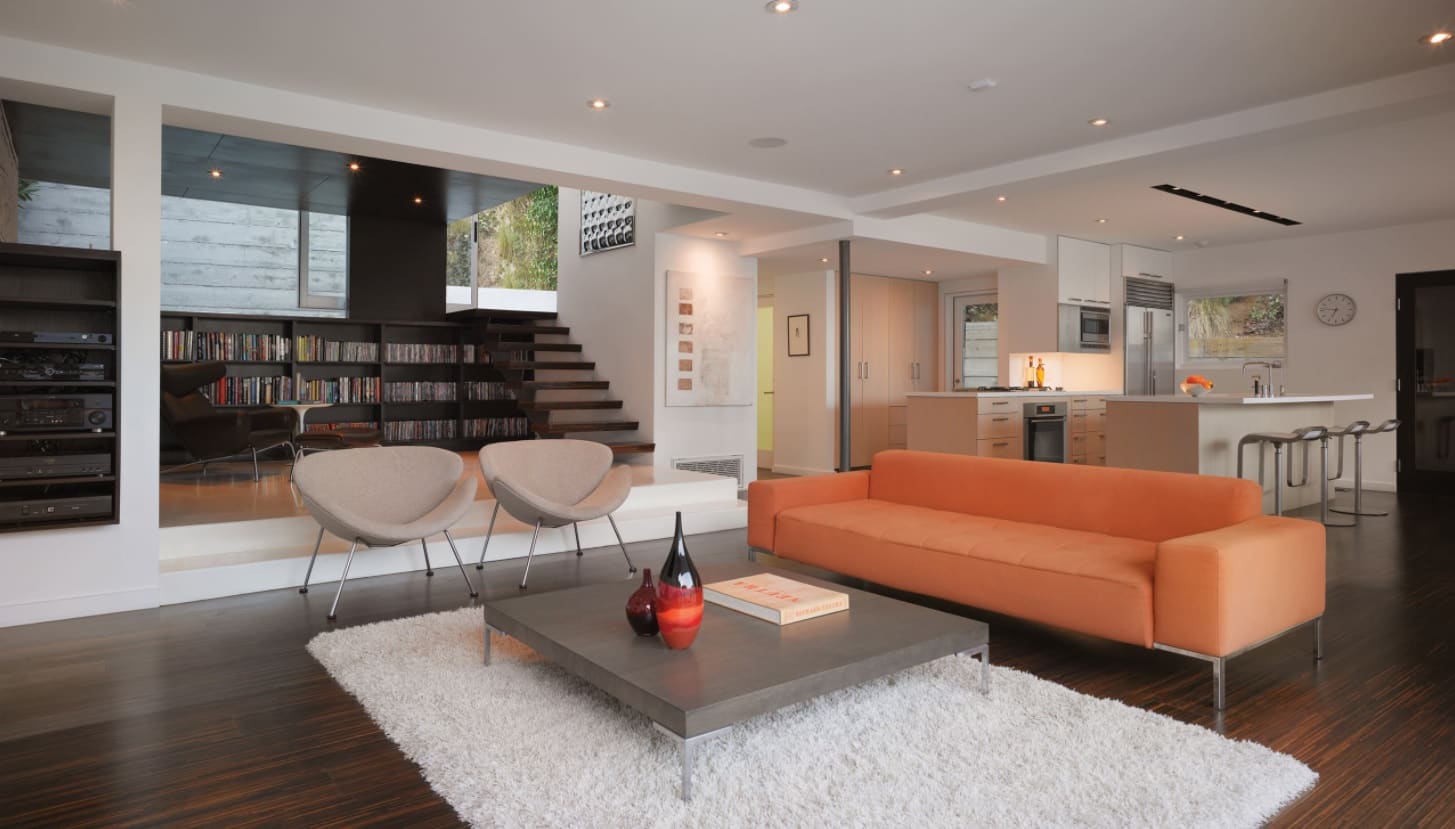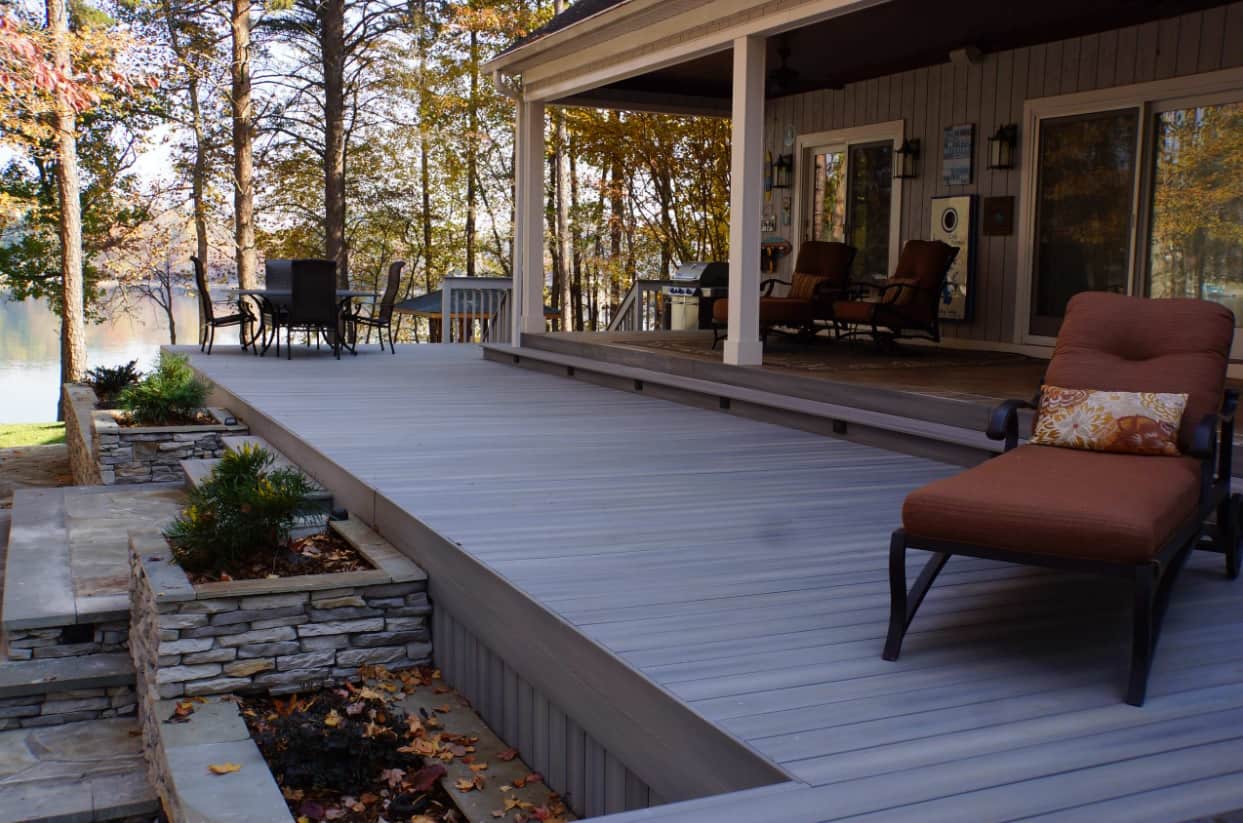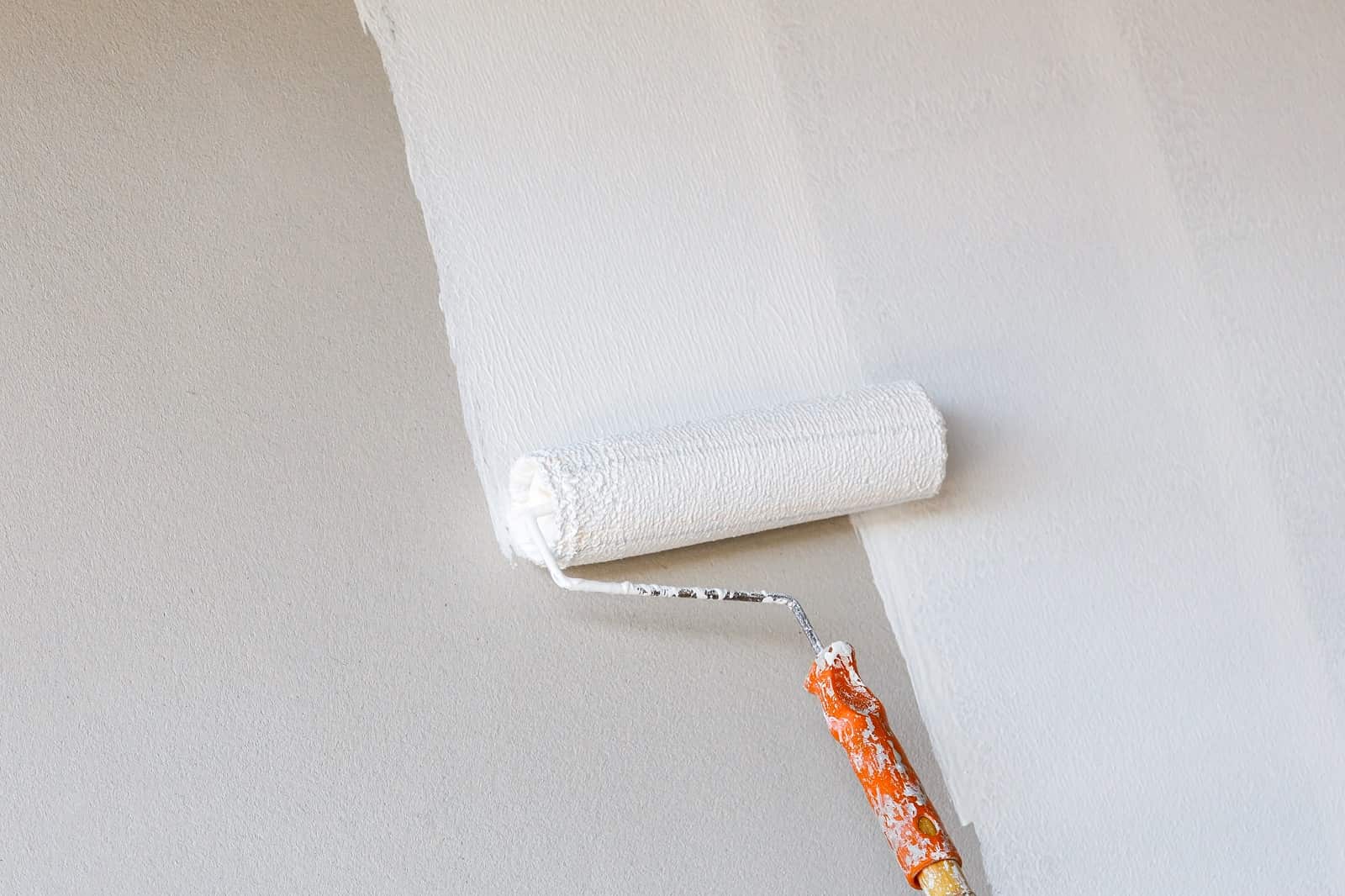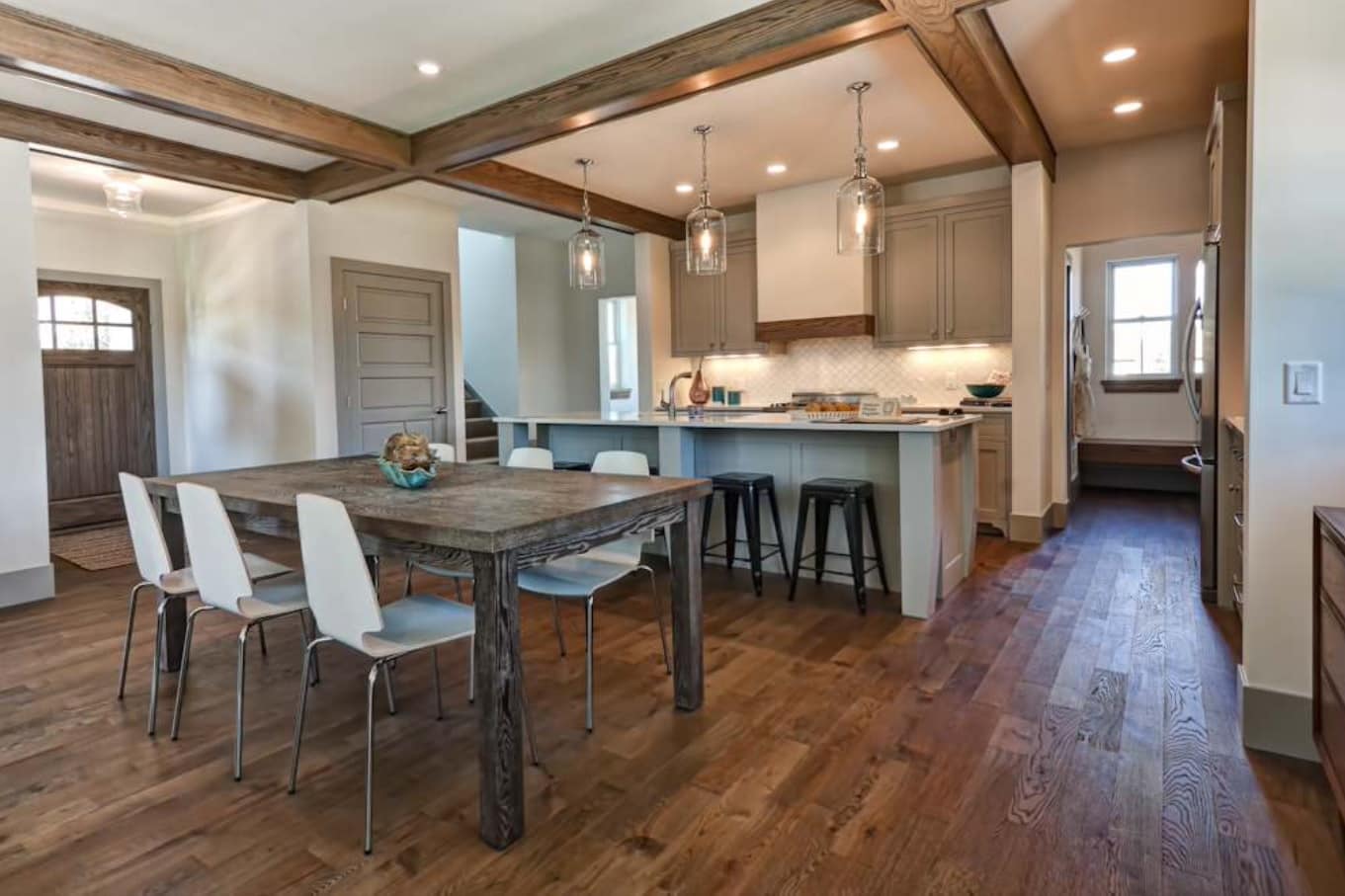Wall borders and сornices are long strips of paper, plastic, etc. with a decorative motif. They should be pasted to wallpaper upper edge. The interior wall borders and cornice moldings are horizontal tapes pasted on the perimeter of the room. We are about to plunge deeper into wall borders and their successful use in modern interior design.
Contents:
Cornice moldings is a colored or decorative strip of 15-30 mm width. Mainly used for decoration of the seam between the wall and the ceiling. It is also used for the finishing of window and door openings, etc. They are sometimes used to create decorative panels. For example, photo wallpaper decorating. When you select a picture it is worth noting that for the monochromatic and plain wallpaper we should choose a border of the same tone, but of more vivid color. If the wallpaper has a distinct pattern, it is best to use a border of the same color or slightly darker than the main background.
The wall border is also a paper (often of the same wallpaper type) stripe, only ten times broader (150-300 mm width) while the length of a standard roll is 12 m. It is used as a horizontal strip by the perimeter of the entire room. The most appropriate location may be found under the ceiling or on the perimeter of the pictures or at the backs of seats, thus separating the room into two logical horizontal segments. It may be useful when you need to visually increase the height of the premise.
Material Variety
By the type of finished surface borders and cornice moldings may be divided on paper, vinyl, textile, acrylic, velvet, and glass fiber sheets.
As well as the material varies in texture, there are:
- Embossed – with relief surface;
- Smooth – the classic version.
By type of gluing cornice moldings and borders are divided into two types:
- Conventional. Are coated with glue as conventional wallpaper. Excellent for painted surfaces or paper pasted wallpaper.
- Adhesive. This kind has the backing paper on the wrong side, which should be removed as gluing. They are well suited for vinyl and washable wallpaper because the usual glue does not stick to them.
Tips for Applying
If you use regular wallpaper glue for friezes or borders, the edges of the material may eventually fall off, so you should use a special adhesive. It is important not to leave excess glue on the surface during work. Otherwise, you will leave shiny spots on the wall. Considering the fact that the “border” glue dries quickly, you should remove the adhesive residue immediately with a damp cloth or sponge.
Generally speaking, you can apply cornice moldings and borders at any height. The main thing is to sustain the strict horizontality and alignment of the pattern in the corners. For this, it is necessary to draw the line on the wall before the gluing. By the way, do not allow twisting and bending of the material in the process, as this may damage the finish.


